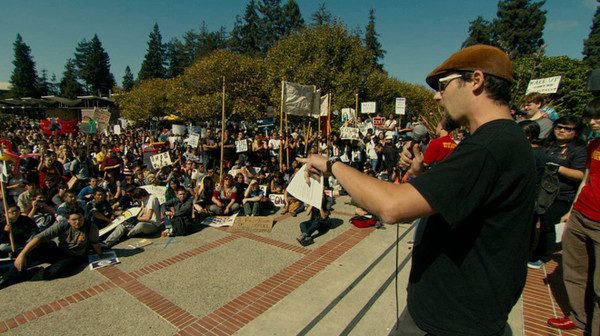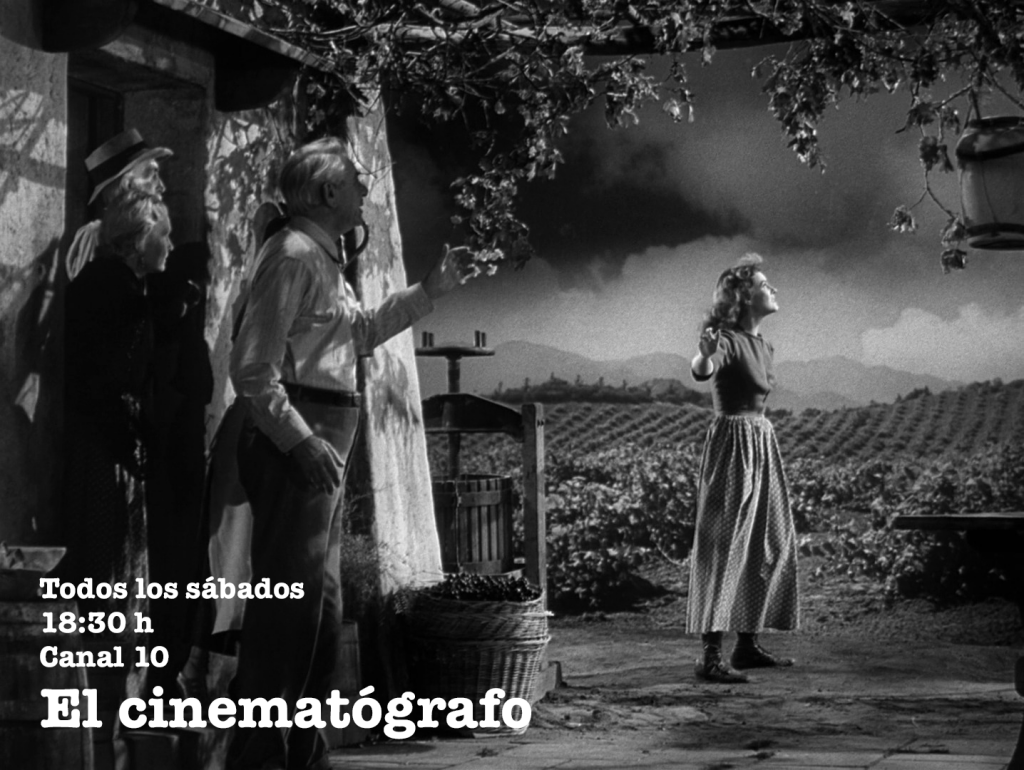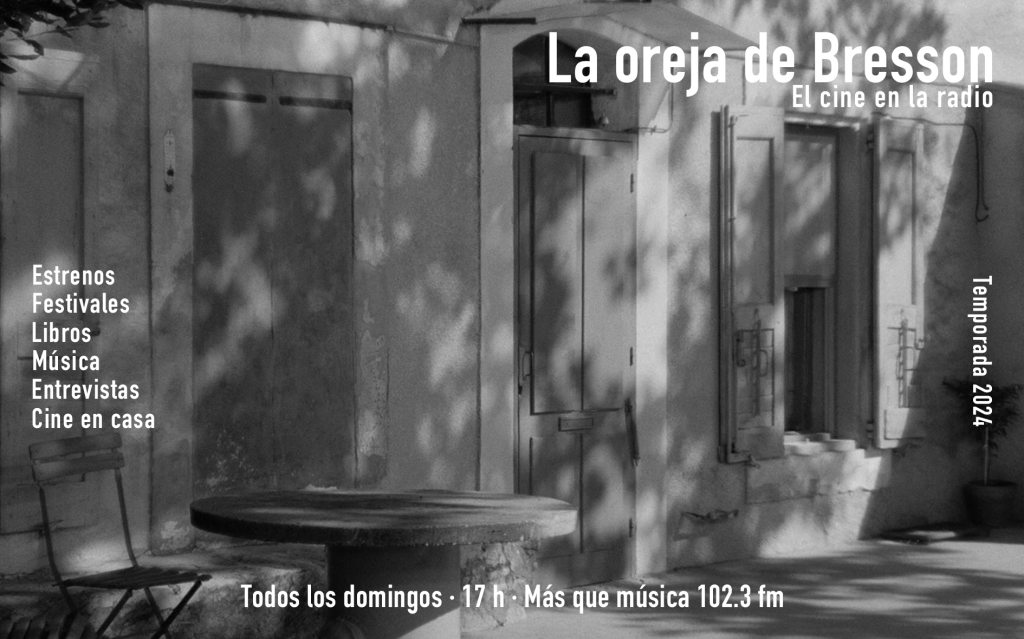
SHORT REVIEWS (16) / MES FICUNAM 2014 (19): THE EVIDENT AND SECRET LIFE OF INSTITUTIONS
At Berkeley, Frederick Wiseman, EE.UU., 2013
How do institutions think? The anthropologist Mary Douglas would have loved the magnificent four-hour film At Berkeley, the 38th made by a genius, Frederick Wiseman: what we see here is the collective thought of an institution and al- though the University of California at Berkeley is undoubtedly a peculiar microcosm, what this film shows is universal.
Wiseman’s method lies in registering with great patience life within this institution over a defined period of time, until the presence of the camera is naturalized. Nobody offers any explanations neither are those unexplained questions interpreted; everything is discovered through images. The golden rule of his method lies in observation: from various lessons at different faculties to budget evaluations and brainstorming, from recreational activities, sport practices, and theater rehearsals to the taking of the university library. Everything matters. Each sequence outlines a smooth junction where the institution speaks through its subjects and history, tradition, as well as the political agenda of the moment are symbolic forces that make each man and woman —regardless of them being students, administrative officials, professors, or staff employees— interact and interpret themselves in a specific way. Wiseman’s shots are open questions aiming to bring together all the agents of an institution and to register as many collective actions as possible. Democracy in this staging is clear and that explains its length, which cannot be avoided if off-screen action is to be countervailed.
One of the central structural conflicts of the film is the cutback in public funds for education. Wiseman is able to identify the genealogy of this contemporary issue and the possible focal points of resistance to it, even when historicity is revealed in its full splendor with the symbolic articulation of the students, whose demands lack precision.
Beyond the psychological relevance of this film, its power of seduction has a lot to do with conveying the pleasure derived from thinking, the elegance of argumentation, and the existential adventure implied in devoting one’s life to knowledge.
Roger Koza / Copyleft 2014






Últimos Comentarios